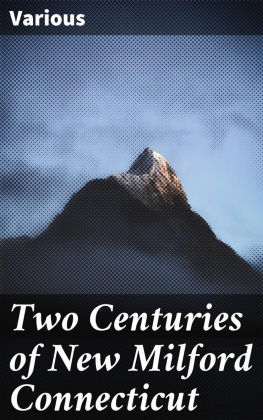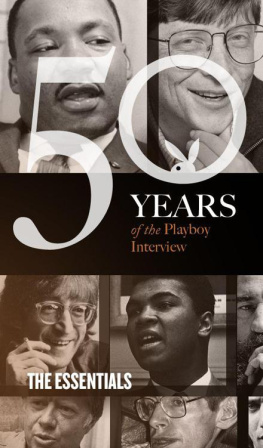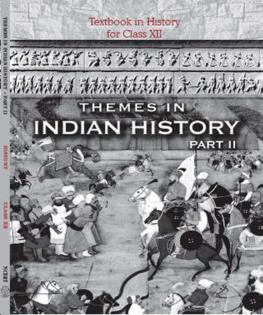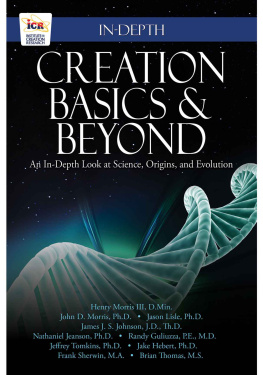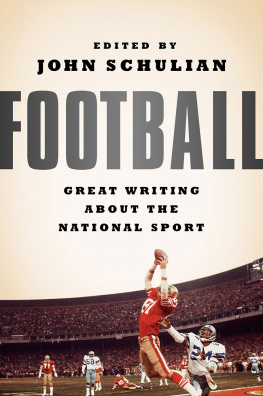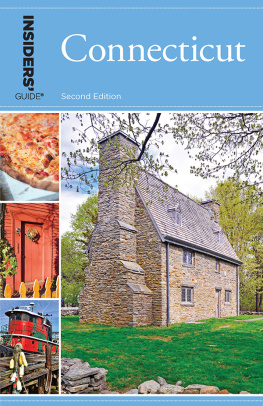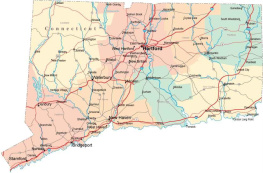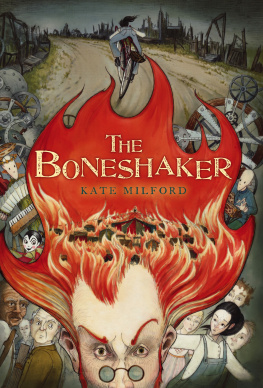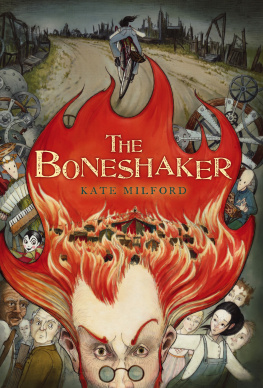PART I
THE PAST AND PRESENT
Table of Contents
INTRODUCTION
Table of Contents
TWO hundred years ago, in the summer of 1707, the pioneer John Noble, with his little daughter, made his way through the wilderness from Westfield, Mass., and set up his rude cabin in the beautiful valley of Weantinock, on the west side of Stratford River, under the shadow of Fort Hill, near neighbor to the Indians, with whom he became very friendly. He trusted their friendship so much that he left his daughter in their care while he went on a journey, following the Indian trail through the wilderness to Albany, to pilot some gentlemen; and, on his return, he found her well taken care of.
He subsequently built a log house on the east side of the river on land now occupied by the residence of Levi P. Giddings.
The next year his son, John Noble, Jr., came and made a settlement, and, before 1712, twelve families had settled here on sites purchased by the Milford Company from the Indians, the purchases having been ratified by the Colonial Legislature; but, strange to say, only two of the twelve, Samuel Prindle and Isaiah Bartlett, came from Milford town.
Some thirty years previous, Henry Tomlinson and others of Stratford, Conn., had purchased from the Indians who assumed to be owners, this tract of land, and Mr. John Read, joint owner, representing them, came and laid claim to it.
It is said that Zachariah Ferriss, a brother-in-law of Mr. Read, came here in 1706, before any other white man, and plowed a piece of land where Roger Sherman Hall now stands, in order to claim title to the land under the deed of the Stratford Company.
He was sued for trespass by the Milford Company, but won his suit, Mr. John Read being his counsel.
Mr. Read built a house on or near the site of the Knapp residence, in which he lived, meanwhile prosecuting his claim to the title of the land. He obtained a verdict in his favor fifteen times, but the sixteenth time the General Court ruled against him; and he, being discouraged, soon after removed to Lonetown, now Redding, named for him.
The Colonial Government soon set off to him a large tract of land in what is now the town of Kent, of which the Scaghticoke Indians long after held possession, Mr. Read having exchanged it for territory in the town of Redding.
Mr. John Read was a notable man: He was well educated in theology and in the law, being a graduate of Harvard College, and is said to have preached the first sermon in this place. He was under thirty years of age when he came here. He married a daughter of Major John Talcott, was held in high esteem by the Governor of the Colony, and was appointed by him to many important positions. He held the office of Queens Counsel under the reign of Queen Anne. His son, widely known as Colonel John Read, was for many years very prominent in the Colony.
Other settlers came through the wilderness and erected their rude houses. The next thing these pioneers and pilgrims did was to petition the Assembly for the power and privileges of a township, which were granted, conferring authority relating to ecclesiastical matters. They then formed themselves into a church, and called a minister to settle over them.
What sought they thus afar?
Bright jewels of the mine?
The wealth of seas, the spoils of war?
They sought a Faiths pure shrine.
Ay, call it holy ground,
The soil where first they trod.
They left unstained what there they found,
Freedom to worship God.
They called Mr. Daniel Boardman to be their minister, and built the meeting-house and the schoolhouse, for these two institutions went hand in hand throughout New England and formed the characters of their descendants.
These early settlers of our town were busy men. They had


MINOT S. GIDDINGS
Chairman Historical Committee | DR. GEORGE H. WRIGHT
Chairman Loan Committee |

